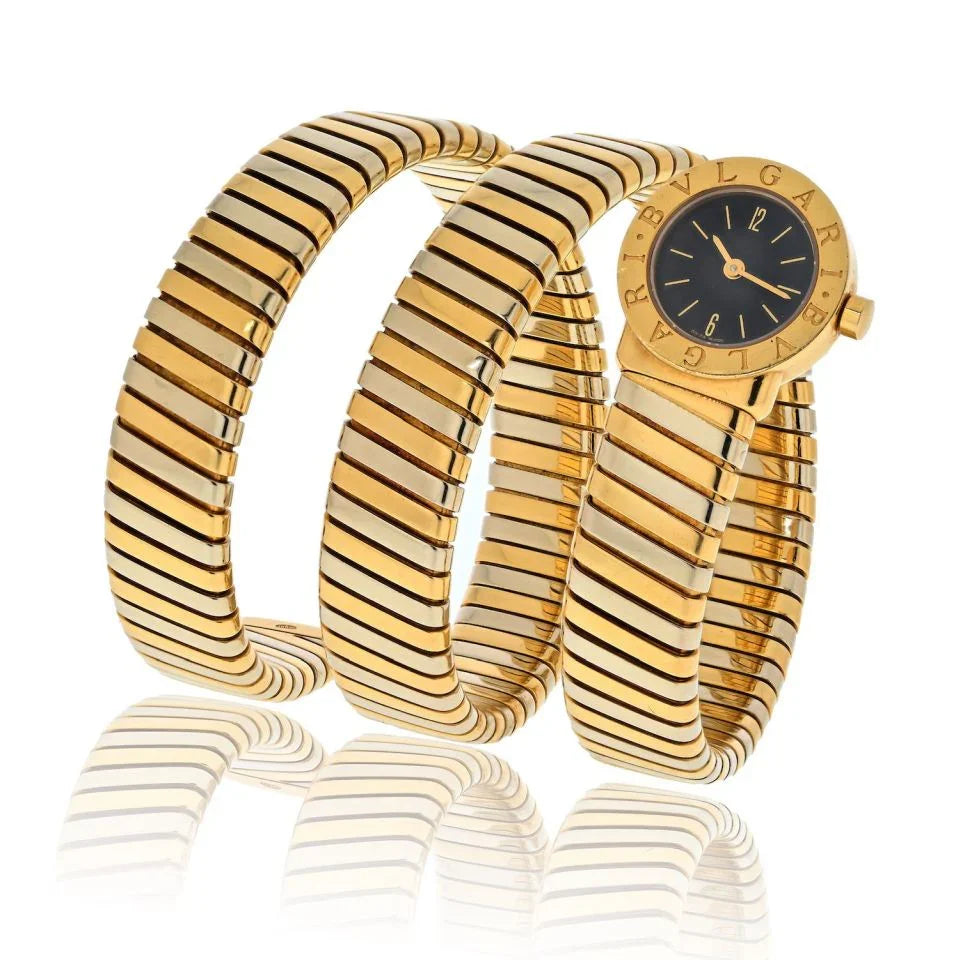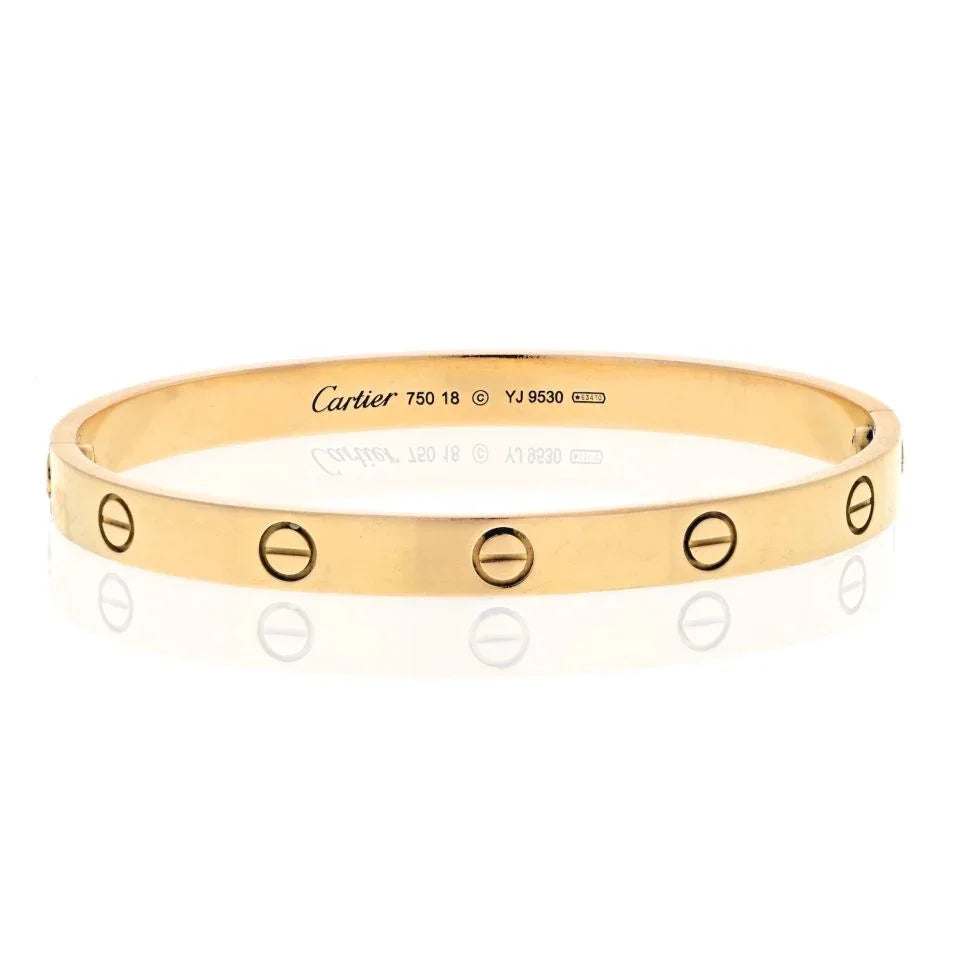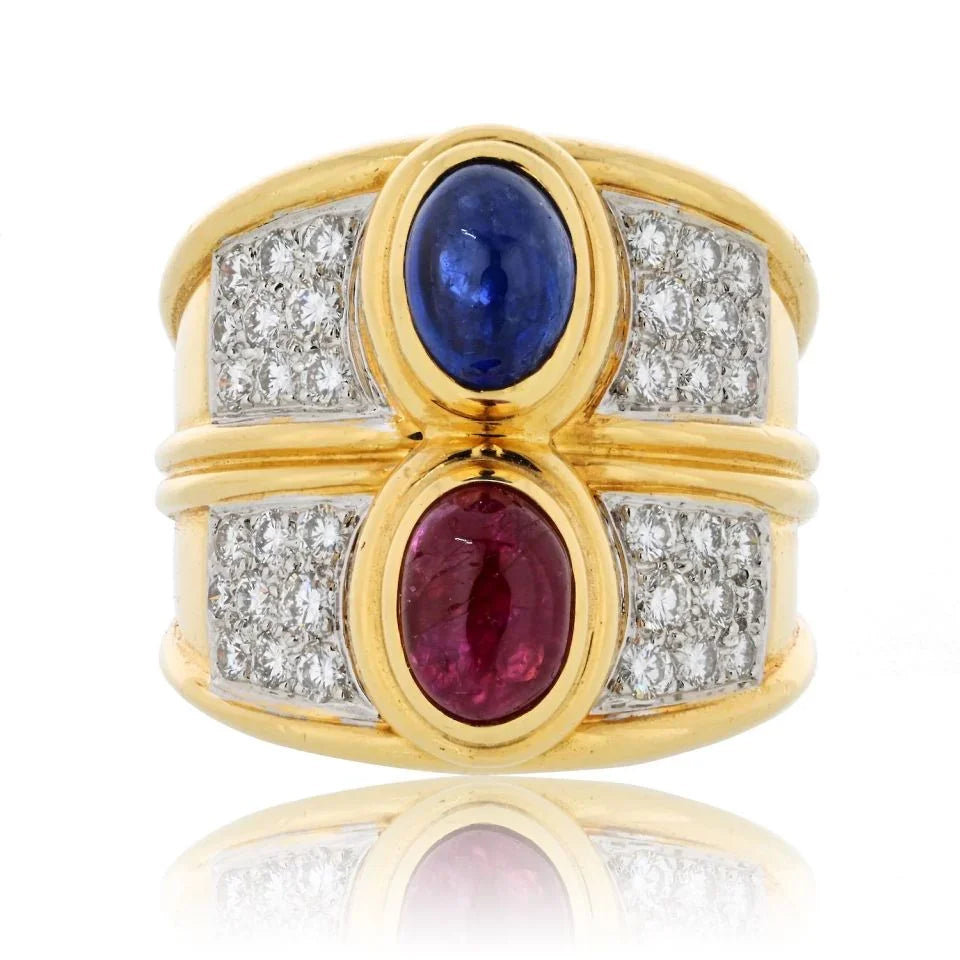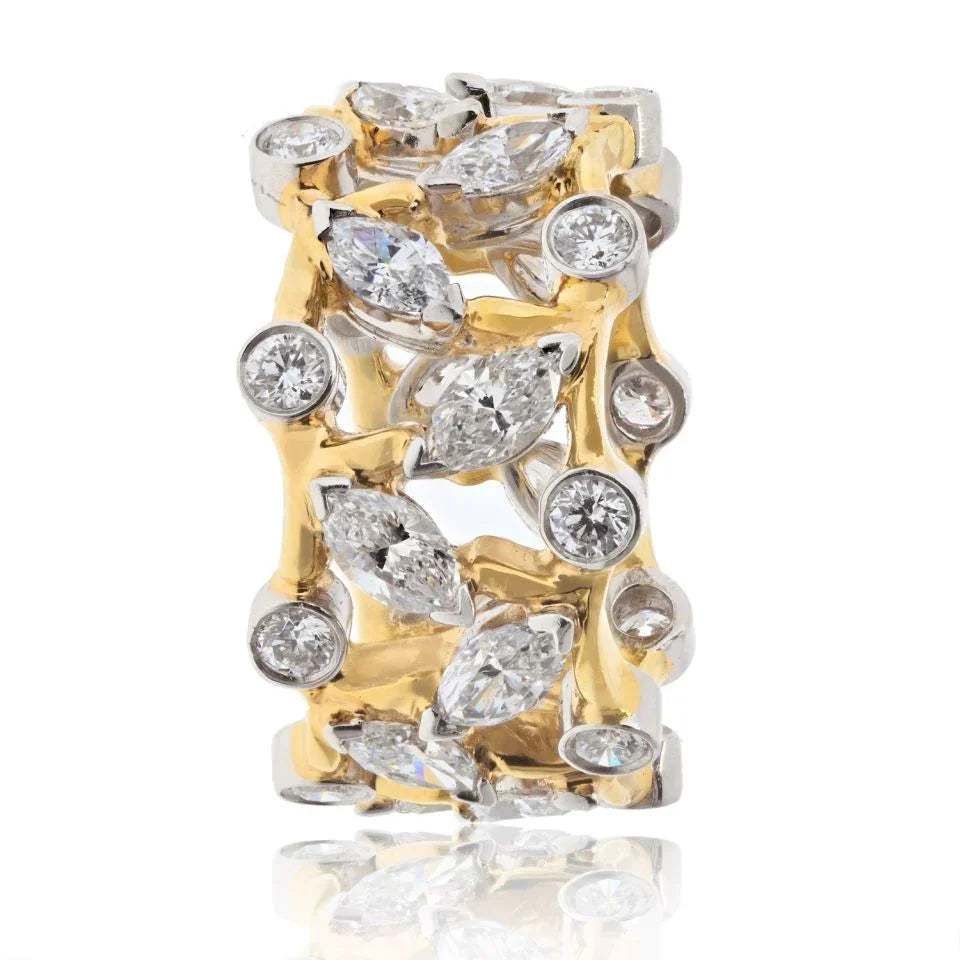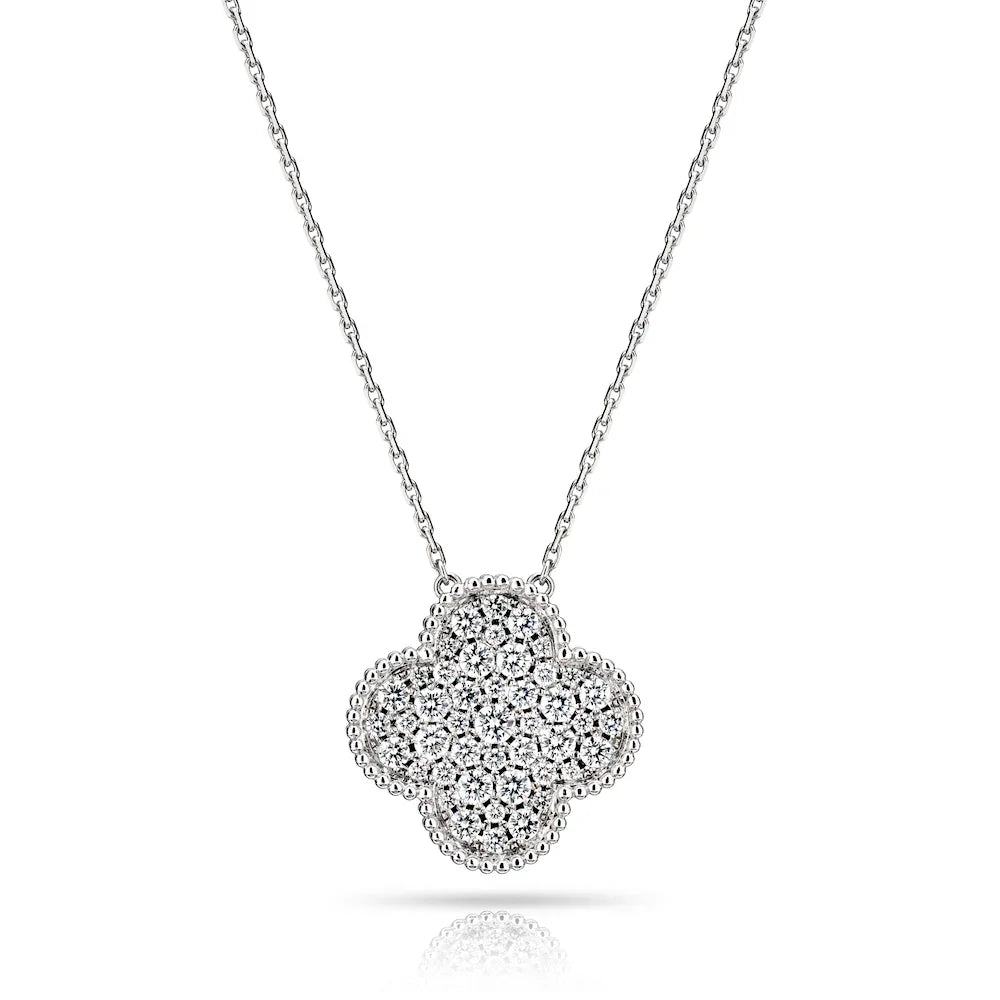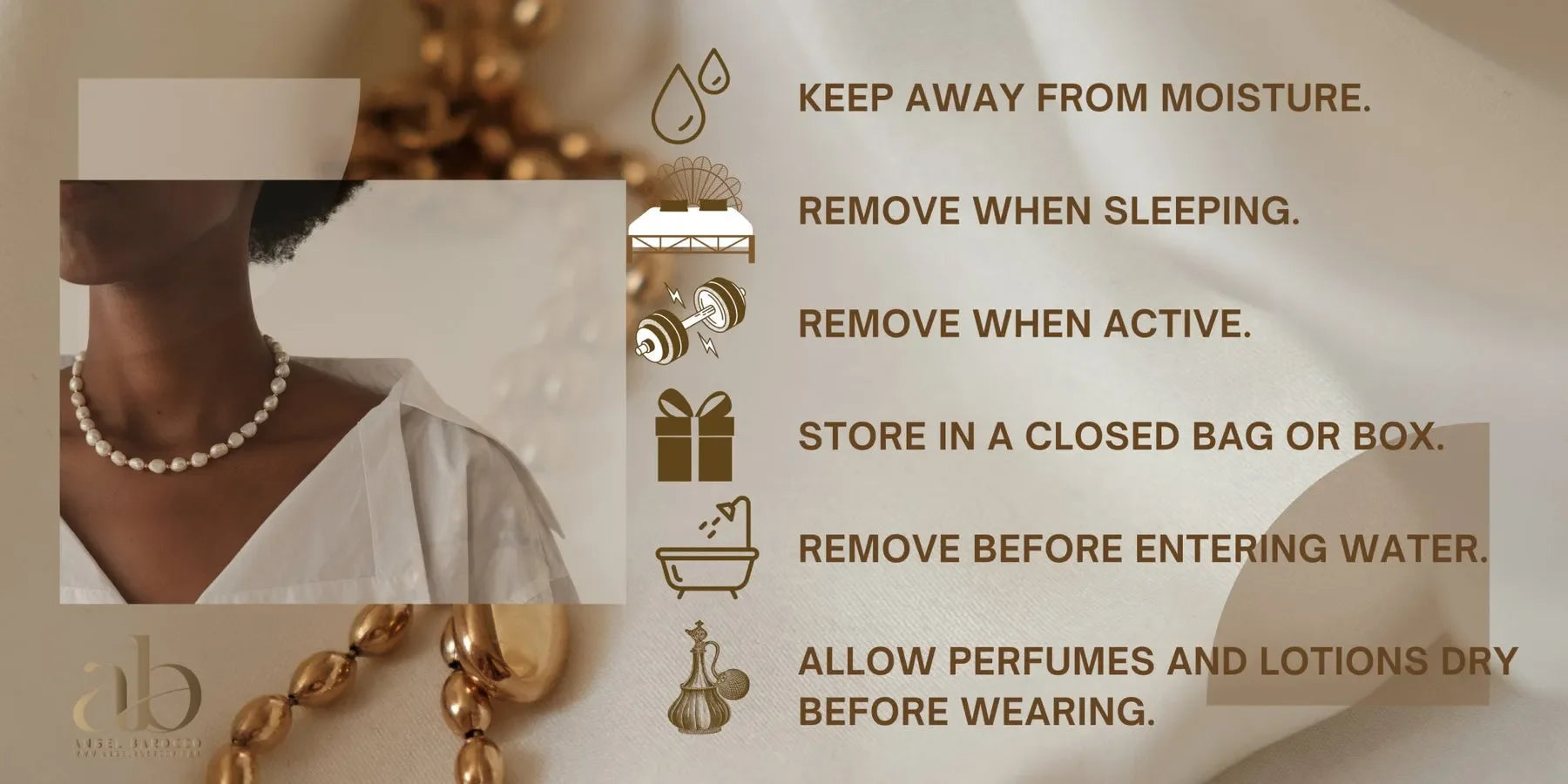Gold jewelry is not only a beautiful addition to your collection but also an important investment. To keep it looking its best and lasting for years, it’s important to take good care of it. Without proper maintenance, gold jewelry can lose its shine, tarnish, or even develop rust. Simple activities like showering can speed up this process, which is why understanding how to protect your gold pieces is key.
In this article, we’ll answer common questions about gold jewelry care, like whether it’s safe to shower with your jewelry on and how to clean rust if it appears. We’ll also share easy cleaning tips and best practices to keep your gold looking as beautiful as the day you bought it.
Can You Shower with Gold Jewelry?
Showering with gold jewelry is generally not recommended, as water and the chemicals in soap, shampoos, and body washes can damage your pieces over time. While solid gold is resistant to tarnish and rust, exposure to water and moisture, combined with these chemicals, can lead to a dull appearance and potentially weaken the jewelry. Even though solid gold is less affected by water than other metals, it's still a good idea to remove your jewelry before showering to preserve its luster and integrity in the long term.
Effects of Water on Gold Jewelry
Water affects gold jewelry differently depending on the type of gold:
Solid Gold
Pure gold (24K) is highly resistant to tarnish and corrosion, so it is less likely to be damaged by water. However, regular exposure to water, especially chlorinated water or salty sea water, can still cause a buildup of grime, which can dull its shine over time.
Gold-Plated Jewelry
Gold-plated items, which have a thin layer of gold applied to a base metal, are much more vulnerable to damage from water. The gold layer can wear away or peel off, especially when exposed to moisture and harsh chemicals in shower products. This can leave the base metal exposed and prone to tarnishing.
Gold-Filled Jewelry
Gold-filled jewelry has a thicker layer of gold than gold-plated items, making it more durable. However, it's still not immune to damage from water. Over time, prolonged exposure to moisture can cause the gold-filled layer to degrade, especially around the edges or where the gold layer is thinner.
Tips for Protecting Gold Jewelry While Showering
To keep your gold jewelry in the best possible condition, follow these tips:
Remove Jewelry Before Showering
The easiest and most effective way to protect your jewelry is to remove it before you step into the shower. This helps avoid exposure to soap, shampoo, and other chemicals that could tarnish or degrade the metal.
Use Protective Coatings
If you must wear your jewelry in the shower, consider applying a protective coating like a jewelry-safe sealant. This can add a layer of protection between the jewelry and the water, reducing the risk of damage.
Dry Thoroughly
After showering, if your jewelry has been exposed to water, be sure to dry it completely. Pat it dry with a soft cloth to remove any moisture and prevent the buildup of water spots or tarnish.
How to Clean Gold Jewelry at Home
Cleaning your gold jewelry at home is a simple and effective way to keep it looking shiny and new. With the right techniques and common household items, you can safely clean your jewelry without damaging it. Here’s a step-by-step guide to cleaning your gold pieces:
Cleaning Tarnished Gold
If your gold jewelry has tarnished, it's often due to dirt, oils, and general wear. Here's how you can clean it:
Prepare a Cleaning Solution
Mix a few drops of mild dish soap with warm water in a small bowl. Avoid harsh chemicals or abrasive cleaners, as they can damage the gold.
Soak the Jewelry
Place the gold jewelry into the soapy water and let it soak for about 10-15 minutes. This will help loosen any dirt or grime.
Scrub Gently
After soaking, use a soft-bristled toothbrush or a jewelry brush to gently scrub the jewelry, focusing on any crevices where dirt may have accumulated. Be gentle to avoid scratching the surface.
Rinse and Dry
Rinse the jewelry under warm running water to remove any soap. Dry it thoroughly with a soft, lint-free cloth.
DIY Cleaning Solutions
If you need a more powerful cleaning solution, you can make your own using ingredients you likely already have at home. Here are a few safe options:
Baking Soda Paste
Mix a small amount of baking soda with water to create a thick paste. Apply the paste to your gold jewelry using a soft cloth or brush, then gently rub it. Afterward, rinse the jewelry well with water and dry it.
Vinegar
Soak your gold jewelry in white vinegar for about 10 minutes. After soaking, scrub gently with a soft brush, rinse with warm water, and dry it with a cloth.
Ammonia (Use Cautiously)
Mix 1 part ammonia to 6 parts water in a bowl. Soak your gold jewelry for 1-2 minutes (avoid soaking for too long). Afterward, rinse it thoroughly with water and dry it. Ammonia is effective at cleaning tarnished jewelry but should be used carefully, as it can be too harsh for gold-plated items or jewelry with gemstones.
Important Note: Always test any homemade cleaning solution on a small, hidden part of your jewelry first to ensure it doesn’t cause any damage.
Cleaning Gold-Plated Jewelry
Gold-plated jewelry requires extra care because the thin layer of gold can wear off over time. To clean gold-plated items, avoid using harsh chemicals. Instead, stick to mild soap and warm water. Use a soft cloth to gently wipe down the jewelry—do not scrub it with a brush, as this could scratch off the delicate gold layer. After cleaning, immediately dry the jewelry with a soft, lint-free cloth to remove any remaining moisture.
Cleaning Jewelry with Gemstones
Cleaning gold jewelry that contains gemstones requires extra caution to avoid damaging the stones. Before cleaning, check that no gemstones are loose. If you find any, it's best to have the jewelry repaired before cleaning. For most gemstones, a solution of mild soap and warm water is safe. Avoid harsh cleaners, as they can damage sensitive stones like opals or pearls. Use a soft brush or cloth to gently clean the jewelry, taking care not to rub the gemstones too harshly. Afterward, allow the jewelry to air dry or gently pat it dry with a soft cloth.
For delicate gemstones like emeralds, it's a good idea to consult a professional jeweler for specific cleaning advice.
Mistakes to Avoid When Cleaning Gold Jewelry
To ensure your gold jewelry remains in good condition, avoid these common mistakes:
Never use abrasive cloths, sponges, or brushes. These can scratch the surface of your gold jewelry and leave permanent damage.
Avoid using bleach, chlorine, or other strong chemicals. These can damage both the gold and any gemstones, causing discoloration or weakening the material.
When cleaning, always be gentle. Scrubbing too hard can scratch the surface of your gold jewelry, particularly gold-plated or gold-filled items.
Never soak your jewelry in cleaning solutions for extended periods. Prolonged exposure to solutions like vinegar or ammonia can cause damage to the metal or gemstones. Always follow the recommended soaking times.
Advanced Cleaning Methods for Gold Jewelry
For gold jewelry that requires more thorough cleaning than what can be achieved with at-home methods, advanced cleaning tools and professional services are the way to go. Whether it's a valuable piece, an antique item, or simply jewelry that needs deep restoration, these methods provide more effective and detailed cleaning. Two of the most popular advanced options include professional cleaning services and ultrasonic cleaners.
Benefits of Professional Cleaning Services
Professional cleaning services offer a range of advantages, especially when dealing with valuable, antique, or intricate gold jewelry. Here’s why it might be worth seeking expert help:
Expert Knowledge and Skill
Jewelers are trained to handle delicate pieces and understand the best techniques for cleaning without causing damage. Their experience allows them to work with precision, especially on pieces with gemstones, intricate designs, or gold plating.
Thorough Cleaning and Restoration
Professionals can clean jewelry more thoroughly than most at-home methods, using specialized equipment and cleaning solutions that restore the shine and remove deep-set grime or tarnish.
Inspection for Damage
When you take your jewelry to a professional, it’s an opportunity to have it inspected for damage or wear, such as loose stones or worn settings. Early identification of potential issues can prevent further damage and expensive repairs down the line.
Best for Antique or High-Value Jewelry
Antique or high-value gold jewelry may require special care. Professionals use methods tailored to preserve the integrity and value of these precious pieces, ensuring that no damage occurs during the cleaning process.
Ultrasonic Cleaners for Gold Jewelry
Ultrasonic cleaners use high-frequency sound waves to clean gold jewelry effectively by producing microscopic bubbles in a cleaning solution. These sound waves, typically between 20-400 kHz, create vibrations that cause the bubbles to implode, producing a scrubbing effect. This action lifts dirt, oil, and grime from the surface of the jewelry without scratching or damaging the metal. Ultrasonic cleaners are particularly useful for jewelry with intricate designs, detailed settings, or hidden spaces that are difficult to clean by hand.
While ultrasonic cleaning is ideal for solid gold and gold-filled jewelry, gold-plated items require caution. The thin gold layer on plated jewelry can wear away over time with frequent ultrasonic cleaning. Additionally, gemstone-studded jewelry should be carefully considered, as certain stones (such as opals, emeralds, and pearls) may be damaged by the vibrations or chemicals used in the process.
For jewelry with complex designs or significant tarnish, ultrasonic cleaners can deliver a deeper, more thorough clean than traditional methods. However, it’s important to check whether your specific piece is compatible with ultrasonic cleaning. If unsure, particularly for high-value or antique jewelry, consulting a professional jeweler before using an ultrasonic cleaner is a safer choice to avoid any potential damage to both the gold and any gemstones.
How to Remove Rust from Gold Jewelry
Gold jewelry is often admired for its durability and resistance to tarnish, but even the most precious pieces can show signs of wear over time. While gold itself is highly resistant to rust, it’s the other metals alloyed with gold, like copper or silver, that can corrode under certain conditions. When these metals oxidize, they can leave behind rust or unsightly discoloration, diminishing the beauty of your jewelry.
If your gold jewelry has developed a rusty appearance, don’t worry—it’s not the end of its sparkle. With the right cleaning methods, you can restore its shine and keep it looking like new.
Causes of Rust on Gold Jewelry
Rust on gold jewelry might seem odd at first, given gold’s natural resistance to corrosion. However, the issue usually stems from the other metals mixed with the gold, which can react to moisture and chemicals. Gold jewelry that contains alloys such as copper, silver, or nickel is more prone to oxidation.
For example, if your gold jewelry is exposed to salty ocean water or chlorinated pool water, the base metals can start to corrode, leading to rust stains or discoloration. Similarly, chemicals found in lotions, perfumes, and cleaning products can trigger reactions that cause tarnishing and rust on the surface.
The problem is particularly common with gold-plated jewelry, where a thin layer of gold covers a base metal. Over time, this gold layer can wear off, leaving the base metal exposed to the elements, which can lead to rusting. Even improperly stored jewelry—especially in humid or damp environments—can develop rust as moisture speeds up the oxidation process.
Recommended Cleaning Agents for Rust Removal
Luckily, removing rust from gold jewelry doesn’t have to be difficult or involve harsh chemicals. The key is to use gentle cleaning agents that will dissolve rust without damaging the gold or any gemstones.
Start by using a simple solution of mild soap and warm water. Mix a few drops of mild dish soap with warm water and let the jewelry soak for 10 to 15 minutes. This will loosen dirt, oil, and rust, making it easier to scrub away. After soaking, take a soft-bristled toothbrush and gently scrub the jewelry, focusing on the areas where rust has built up. Rinse the piece with clean water and dry it thoroughly with a soft, lint-free cloth.
If the rust is more stubborn, baking soda can be your next line of defense. Mix a small amount of baking soda with water to create a thick paste. Apply the paste to the rusted areas of your jewelry with a soft brush or cloth and gently rub it in. Rinse the jewelry with warm water and dry it well. Baking soda is slightly abrasive, so be sure to go gently to avoid scratching the surface of the gold.
For tarnish that is more persistent, white vinegar can be incredibly effective. Soak the jewelry in vinegar for about 10-15 minutes to break down the rust. Once the rust has loosened, use a soft brush to scrub it away, rinse the jewelry with water, and dry it off. If you're dealing with particularly stubborn rust, you can create a cleaning solution of ammonia by mixing one part ammonia with six parts water. Soak the jewelry for no longer than a few minutes, scrub gently, and rinse thoroughly. While ammonia is effective, it’s quite strong, so be careful when using it on delicate gold-plated jewelry or pieces with gemstones.
Professional Rust Removal for Delicate Pieces
While at-home cleaning methods are great for most gold jewelry, some pieces require extra care, especially if they are valuable, antique, or feature intricate designs. This is where professional cleaning shines. Jewelers have specialized tools and expertise to clean gold jewelry thoroughly while avoiding damage to delicate elements, such as gemstones or thin gold plating.
One of the most effective tools professionals use is the ultrasonic cleaner. This high-tech device uses high-frequency sound waves to create microscopic bubbles in a cleaning solution. These bubbles gently scrub away dirt, tarnish, and rust, even from hard-to-reach areas like prongs or intricate settings. The ultrasonic cleaner can deeply clean your gold jewelry without damaging it, making it an excellent option for pieces with fine details.
Taking your jewelry to a professional also allows for a thorough inspection. Jewelers can look for signs of wear, such as loose stones or weakened settings, which might not be visible to the untrained eye. If rust has caused significant damage, a jeweler may offer restoration services, including re-plating or repairing the jewelry, ensuring that it remains as beautiful as the day you bought it.
For jewelry that is especially delicate or sentimental, professional rust removal is often the best choice. Not only do jewelers have access to safer cleaning methods and high-quality solutions, but they can also provide valuable insight into maintaining your pieces for years to come.
Tips for Long-Term Gold Jewelry Maintenance
Gold jewelry is timeless, and with the right care, it can last for generations. To keep your pieces looking as brilliant as the day you bought them, it’s essential to incorporate regular cleaning, proper storage, and periodic inspections into your routine. These simple maintenance strategies will help preserve your gold jewelry's shine and durability over time.
Proper Storage of Gold Jewelry
Storing your gold jewelry correctly is crucial for preventing damage. Exposure to air, moisture, and sunlight can cause tarnish or scratches, so it’s important to choose the right storage solutions. Anti-tarnish bags or cloth pouches are a great option. These bags are lined with materials that absorb moisture and prevent oxidation, keeping your gold jewelry protected when not in use.
Another easy storage solution is using silica gel packets. These packets absorb moisture in enclosed spaces, reducing the risk of tarnish or rust. If you store your jewelry in a box or drawer, simply toss a few silica gel packets in to help maintain a dry environment.
Humidity can also play a major role in jewelry maintenance. To protect your gold, try using a humidity-controlled jewelry box or place a small dehumidifier in the storage area. Keeping your jewelry in a cool, dry space will prevent any potential damage caused by excess moisture.
Routine Cleaning Schedule
While gold jewelry is known for its durability, it still benefits from regular cleaning. Cleaning your jewelry every 1-3 months is a good rule of thumb, but if you wear it daily, you may want to clean it more often. Over time, dirt, oils, and tarnish can build up on the surface, so it’s important to maintain a cleaning routine to keep the pieces looking their best.
In addition to cleaning, regularly inspect your jewelry for any signs of wear. Look for loose stones, bent prongs, or signs of tarnish. Catching these issues early can prevent further damage. A quick inspection while cleaning your jewelry will ensure everything is in good shape.
When cleaning, stick to gentle methods. Use warm water with a small amount of mild soap and a soft cloth or toothbrush. Avoid harsh chemicals or abrasive materials, which can scratch or dull the surface. For jewelry with gemstones, take extra care to avoid damaging the stones during cleaning. Regular inspections and gentle cleaning will keep your gold jewelry sparkling for years to come.
FAQs About Gold Jewelry Care
Here are answers to some of the most common questions about gold jewelry care to help you maintain your pieces.
Can Gold Rust?
Pure gold does not rust. However, gold alloys (like copper or silver) used in jewelry can corrode under certain conditions, such as exposure to moisture or chemicals.
What Is the Best Way to Clean Gold Jewelry?
The best way to clean gold jewelry is by using mild soap and warm water. Soak for 10-15 minutes, scrub gently with a soft brush, rinse, and dry. For deeper cleaning, an ultrasonic cleaner is effective for intricate pieces.
Is Gold Jewelry Safe in the Pool?
Gold jewelry is safe in the pool, but chlorine can damage gold alloys and gold-plated pieces over time, causing discoloration or weakening. It's best to remove jewelry before swimming.
Conclusion
Caring for your gold jewelry is essential to preserving its timeless beauty and ensuring it lasts for generations. By incorporating simple, effective practices—like regular cleaning, proper storage, and protecting your pieces from damaging chemicals—you can maintain their brilliance and integrity for years to come. Each small action, whether it's gently scrubbing with soap and water or using anti-tarnish pouches for storage, plays a crucial role in preventing wear and tarnish. Adopting these best practices not only safeguards your investment but also keeps your gold jewelry looking as stunning as the day you first wore it. With just a little attention to detail, you can ensure your gold pieces continue to shine and stand the test of time. Take care of your jewelry today, and it will reward you with beauty and durability for a lifetime.

